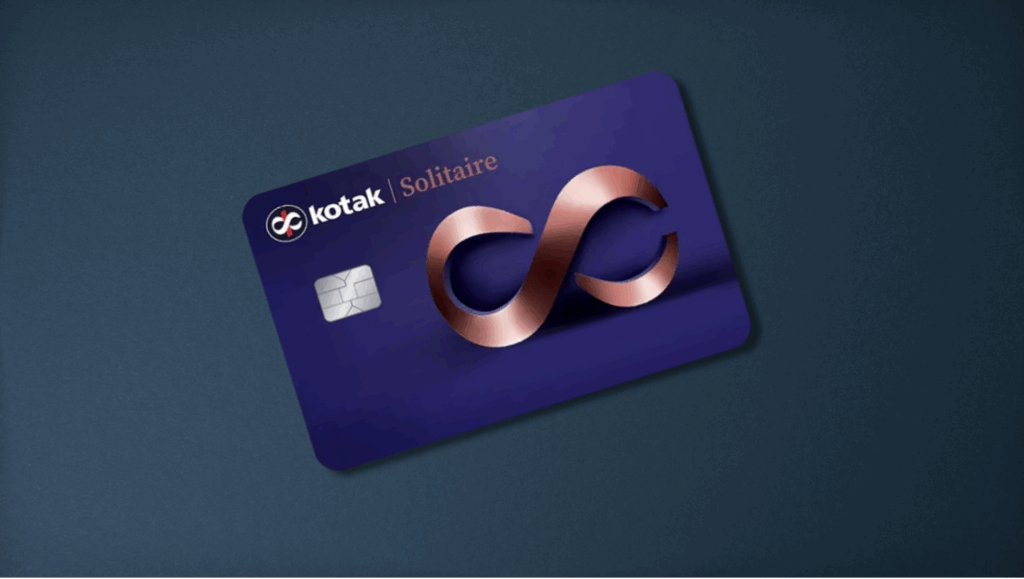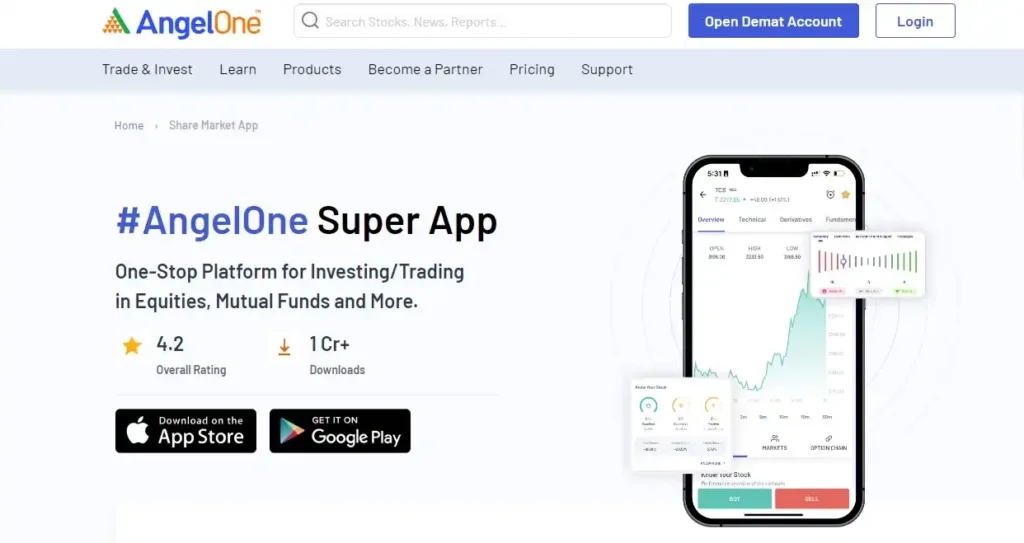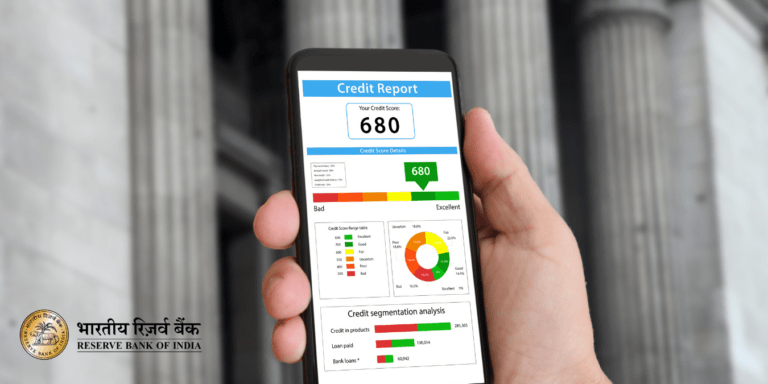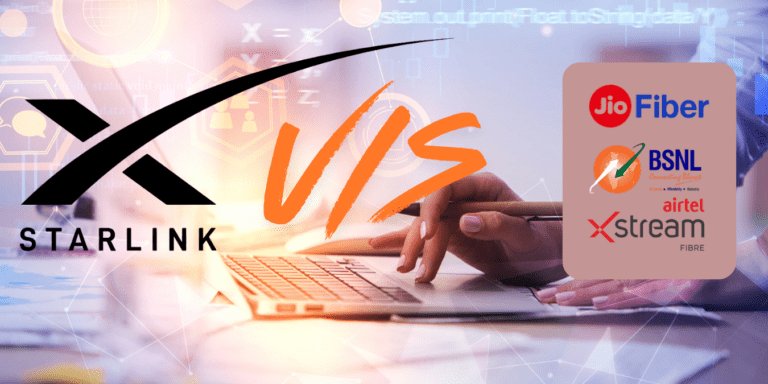
The repayment terms for a loan against a fixed deposit in India for 2025! Learn about low interest rates, flexible EMI options, and the benefits of borrowing against your FD. Get insights on SBI, HDFC, and Axis Bank offers. Unlock fast funds without breaking your savings today!
Financial emergencies can arise unexpectedly, leaving many scrambling for quick funding solutions. If you’ve invested in a fixed deposit (FD), you might be sitting on a powerful tool to access funds without disrupting your savings. A loan against fixed deposit is a secured loan option that allows you to borrow against your FD while it continues to earn interest. But what are the repayment terms for such loans in India? How do they work, and why are they gaining popularity? This blog dives deep into the repayment terms, benefits, and key considerations to help you understand this financial strategy.
What is a Loan Against Fixed Deposit?
A loan against FD is a secured loan where your fixed deposit acts as collateral. Instead of breaking your FD prematurely, which often incurs penalties and reduces interest earnings, you can borrow up to 90% of its value. This facility, offered by banks like HDFC Bank, Axis Bank, SBI, and Ujjivan SFB, is ideal for those needing urgent funds for medical emergencies, education, or business needs. The FD remains active, earning interest, while you repay the loan as per the agreed terms.
Why Choose a Loan Against FD?
- Lower Interest Rates: Typically 1-2% higher than your FD rate, making it cheaper than personal loans (8-9% vs. 10-18%).
- No Credit Score Check: Since the FD is collateral, banks don’t scrutinize your credit score, making it accessible for those with low or no credit history.
- Quick Approval: Minimal documentation and fast disbursal, often within hours.
- Flexible Repayment: Options to repay via EMIs, overdraft, or lump-sum payments.
With India’s economy evolving and inflation impacting savings, understanding the repayment terms for loans against deposits is crucial for smart financial planning.
Repayment Terms for a Loan Against Fixed Deposit in India
The repayment terms for a loan against FD vary by lender but are designed to offer flexibility. Below, we outline the key aspects based on the latest data from 2025.
1. Loan Tenure
The repayment period for a loan against FD is typically tied to the maturity period of the FD. Most banks, including SBI, HDFC Bank, and Ujjivan SFB, set the loan tenure to match or be shorter than the FD’s remaining term. For example:
- If your FD has a 3-year tenure, the loan repayment period will not exceed 3 years.
- Some banks, like Axis Bank, offer a maximum repayment tenure of 10 months for certain FD loans.
You can repay the loan earlier without penalties, as most banks do not charge prepayment penalties for FD loans, unlike personal loans.
2. Repayment Options
Banks offer multiple repayment structures to suit your financial situation:
- Equated Monthly Installments (EMIs): Pay fixed monthly amounts comprising principal and interest. Ideal for salaried individuals with predictable income.
- Overdraft Facility: Borrow as needed up to a pre-approved limit, paying interest only on the withdrawn amount. Popular with Axis Bank and HDFC Bank.
- Lump-Sum Repayment: Pay interest during the tenure and settle the principal at the end, similar to a bullet repayment loan. Suitable for those expecting a large inflow later.
- Flexible Repayments: Some banks allow you to repay whenever funds are available, provided the loan is cleared before FD maturity.
For example, Ujjivan SFB offers an overdraft facility where no fixed EMI is mandated, giving borrowers freedom to repay at their convenience.
3. Interest Rates
The interest rate on a loan against FD is typically 1-2% higher than the FD’s interest rate. For instance:
- If your FD earns 6% per annum, the loan rate may be 7-8%.
- SBI charges 100 basis points (1%) above the FD rate, making it one of the most cost-effective options.
Since the FD is collateral, rates are significantly lower than unsecured loans, reducing your EMI burden. The interest is usually fixed, ensuring predictable repayments.
4. Loan Amount
You can borrow 70-95% of the FD value, depending on the bank’s policy:
- Ujjivan SFB and HDFC Bank offer up to 90% of the FD amount.
- Axis Bank provides up to 95% for overdraft facilities against FDs of at least ₹25,000 with a minimum tenure of 6 months and 1 day.
The loan amount does not exceed the FD value, ensuring the bank’s risk is covered.
5. Default Consequences
If you fail to repay the loan by the FD’s maturity, the bank can:
- Liquidate the FD to recover the outstanding amount.
- Adjust the loan balance against the FD proceeds, returning any surplus to you.
This makes FD loans low-risk for banks and borrowers, as the collateral ensures repayment.
6. Prepayment and Foreclosure
Most banks, including SBI, HDFC, and Ujjivan SFB, allow prepayment or foreclosure without penalties, unlike other loan types. This flexibility lets you close the loan early if you receive surplus funds, saving on interest costs.
Eligibility for a Loan Against FD
To avail a loan against FD, you must meet basic eligibility criteria, which vary slightly by lender:
- Resident Individuals: Must be over 18 years old. NRIs, foreign citizens, or persons of Indian origin are typically ineligible.
- Entities: Hindu Undivided Families (HUFs), sole proprietorships, and partnership firms can apply.
- FD Ownership: The FD must be held with the bank offering the loan. For example, you cannot use an SBI FD to get a loan from HDFC Bank.
- Restrictions:
- FDs in a minor’s name are ineligible.
- FDs with liens or garnishee notices cannot be used.
Minimal documentation, such as FD receipts and KYC documents, is required, streamlining the process.
Benefits of a Loan Against FD
- Preserve Your Savings: Your FD continues to earn interest, ensuring your long-term goals remain intact.
- Cost-Effective: Lower interest rates compared to personal loans or credit cards.
- No Credit Check: Ideal for those with poor or no credit history.
- Fast Disbursal: Quick approval due to the secured nature of the loan.
- Flexible Repayment: Choose EMIs, overdraft, or lump-sum payments based on your needs.
Key Considerations Before Taking a Loan Against FD
While a loan against FD is attractive, consider these factors:
- Interest Earnings Impact: The interest earned on the FD may be offset by the loan’s interest cost. Ensure the loan is necessary.
- Default Risk: Failure to repay could lead to FD liquidation, affecting your savings.
- Compare Alternatives: Evaluate other loan options like personal loans or loans against securities, which may offer different terms.
- Prepayment Terms: Confirm with your bank if prepayment is penalty-free.
- Financial Planning: Consult a financial advisor to align the loan with your goals.
How to Apply for a Loan Against FD in India
Applying for a loan against FD is straightforward:
- Visit Your Bank: Apply online via net banking (e.g., HDFC Bank, Axis Bank) or visit a branch.
- Submit Documents: Provide FD receipt, KYC documents (Aadhaar, PAN), and a loan application form.
- Bank Verification: The bank verifies FD details and disburses the loan, often within hours.
- Choose Repayment Mode: Select EMI, overdraft, or lump-sum repayment based on your preference.
Latest Trends in Loans Against FD
- Digital Disbursal: Banks are leveraging technology for instant loan approvals via apps like HDFC Bank’s PayZapp.
- Higher Loan-to-Value Ratios: Some banks now offer up to 95% of FD value, up from 90% in previous years.
- Customized Overdraft Facilities: Tailored overdraft limits for high-value FDs, especially for businesses.
- Integration with UPI: Repayments via UPI platforms for seamless transactions.
Is a Loan Against FD Right for You?
A loan against fixed deposit is a smart borrowing option for those needing quick funds without sacrificing their savings. With flexible repayment terms, low interest rates, and no credit checks, it’s an attractive choice in 2025. However, understanding the tenure, repayment options, and risks is essential to make an informed decision. Whether you choose EMIs, an overdraft, or a lump-sum repayment, ensure the loan aligns with your financial goals.
Ready to unlock the potential of your FD?
Contact your bank or apply online to explore loan against FD options today. For personalized advice, consult a financial advisor to navigate the terms and secure your financial future.
Disclaimer: Always read the terms and conditions of your bank before applying. Financial decisions should be made after careful consideration of your circumstances.

















































